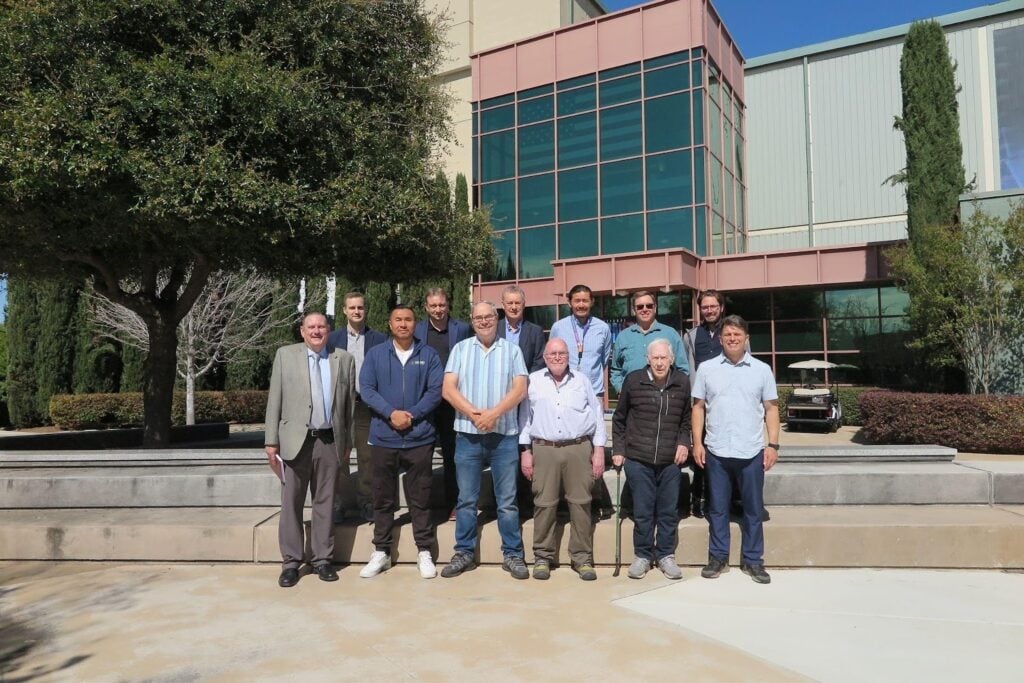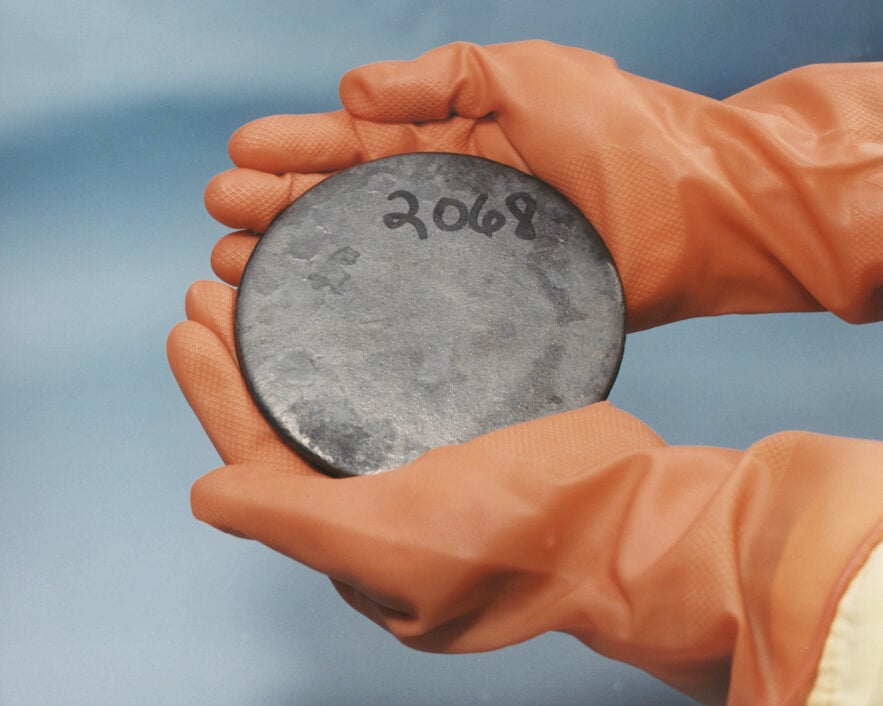Between skyrocketing power demand and growing environmental concerns, nuclear power has emerged as a promising clean-energy solution. There’s just one problem: a fuel shortage. LIS Technologies has introduced a game-changing uranium-enrichment process that could solve the sector-wide squeeze.
From March to June 2025, uranium prices surged almost 24%. This was partly due to political instability in Niger and a sudden 20% output reduction in Kazakhstan, two of the world’s largest uranium suppliers.

Demand for nuclear energy has also reached unprecedented levels. Throughout history, support for nuclear energy has been far from consistent, but two factors have now shifted it decisively back into the spotlight.
The first is a sharp increase in power demands. The meteoric rise of AI depends heavily on massive data centers, and those facilities have significant and growing power requirements. The second factor is a broad corporate shift toward environmentally friendly and carbon-neutral energy commitments.
Together, these factors have created a major problem for the nuclear industry. “We’re all building these billion-dollar reactors, yet we don’t even have the fuel for them,” says Jay Yu, CEO of LIS Technologies. “By the 2030s, only then we will potentially have the fuel for all of these.”
That might sound like an unbelievable prediction, but LIS Technologies has taken the time- and resource-intensive process of uranium enrichment and made it not only efficient but also scalable.
The company’s enrichment process is based on the Condensation Repression Isotope Selective Laser Activation (CRISLA) method of uranium enrichment. LIS Technologies co-founder Dr. Jeff Eerkens first developed CRISLA in the 1980s, but he has improved it considerably over the past few decades with the help of Christo Liebenberg, the company’s other co-founder.
Now, the company has developed a fast and scalable way to create the two types of fuel needed for domestic reactors: low-enriched uranium (LEU) and high-assay low-enriched uranium (HALEU).
LEU contains up to 5% of the uranium isotope U-235, the specific isotope needed to power nuclear reactors. On the other hand, HALEU contains up to 20%. For the sake of comparison, natural uranium is about 0.7% U-235.
“Our lasers are very different from what we’ve been using in the past,” says Liebenberg. “We can do single-stage LEU and double-stage HALEU. That means you irradiate the uranium once only, and it’s enriched from natural all the way to the LEU level. If you irradiate it again in a second stage, you take that LEU all the way to HALEU.”
The CRISLA method solves the problem of scalability, a major obstacle to the creation of a domestic nuclear fuel pipeline. “Laser enrichment has been around for 50 years, and no one has been able to successfully scale it, to take it to commercialization,” says Liebenberg. “Not one out of 20-plus countries.”
The nuclear sector is at an inflection point, but without a reliable supply of LEU and HALEU, it could grind to a halt. Fortunately, dual-stage CRISLA might ensure that advanced reactors have all the fuel they need to power a greener, brighter future.



